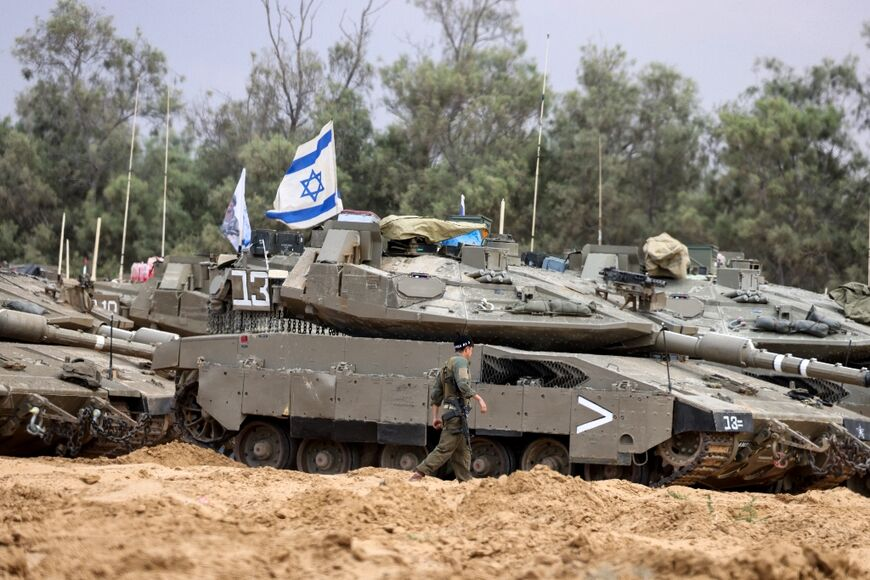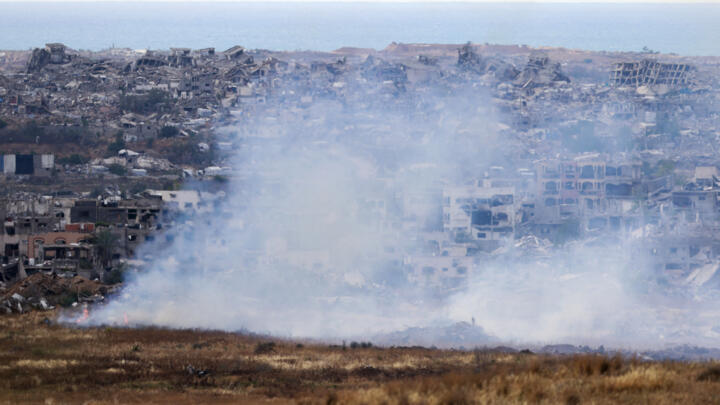Introduction
In a decisive move that signals a new phase in the ongoing Israel-Gaza conflict, the Israeli cabinet has formally approved a plan for the “conquest” of Gaza, significantly expanding military operations in the region. As tensions continue to escalate, this development underscores Israel’s shifting strategy toward a full-scale ground invasion. In this blog, we break down the top 5 key components of the plan and what they mean for the region and beyond.

1. Authorization of Full Ground Invasion
The most critical component of the cabinet’s decision is the greenlight for a full-scale ground invasion. This move transitions from targeted airstrikes and limited incursions to an all-out campaign aimed at dismantling Hamas infrastructure and asserting control over northern and central Gaza. Israeli officials describe this as a “decisive phase” meant to reestablish long-term security.
2. Mobilization of Reserve Forces
To support the enlarged military effort, the Israel Defense Forces (IDF) have initiated a broad mobilization of reserves. Over 100,000 additional troops are being deployed, with training and logistics streamlined to prepare for prolonged engagement. This signals that Israel anticipates not just swift strikes, but a sustained military presence in Gaza.
3. Strategic Encirclement of Gaza City
A core tactical element involves the encirclement of Gaza City, viewed as the command hub for Hamas operations. The IDF plans to isolate the city to cut off supply routes and communications before launching concentrated raids. Drones and air support are expected to intensify in coordination with the ground offensive.
4. Civilian Evacuation Corridors
In an attempt to manage international criticism, the plan includes limited civilian evacuation corridors from key combat zones. However, humanitarian groups argue these measures remain insufficient amid large-scale displacement and critical shortages of food, water, and medicine. Tensions with aid organizations and the UN are likely to escalate.
5. International Diplomacy and Strategic Messaging
The cabinet also directed efforts toward controlling the narrative on the global stage. Israel has launched a diplomatic blitz to justify its actions as a counter-terrorism campaign, emphasizing its right to self-defense following recent attacks. However, the use of the term “conquest” has raised alarms among international observers concerned about annexation and long-term occupation.
Conclusion
Israel’s newly approved Gaza conquest plan marks a sharp escalation in the conflict, with widespread implications for regional stability, humanitarian conditions, and international diplomacy. As the situation unfolds, global attention will remain fixed on how these five key elements play out. Will this lead to a decisive victory, or deepen the quagmire in one of the world’s most volatile hotspots?
Stay informed by following our coverage on the origins of the 2025 Israel-Hamas escalation and subscribe for real-time updates on Middle East developments.










